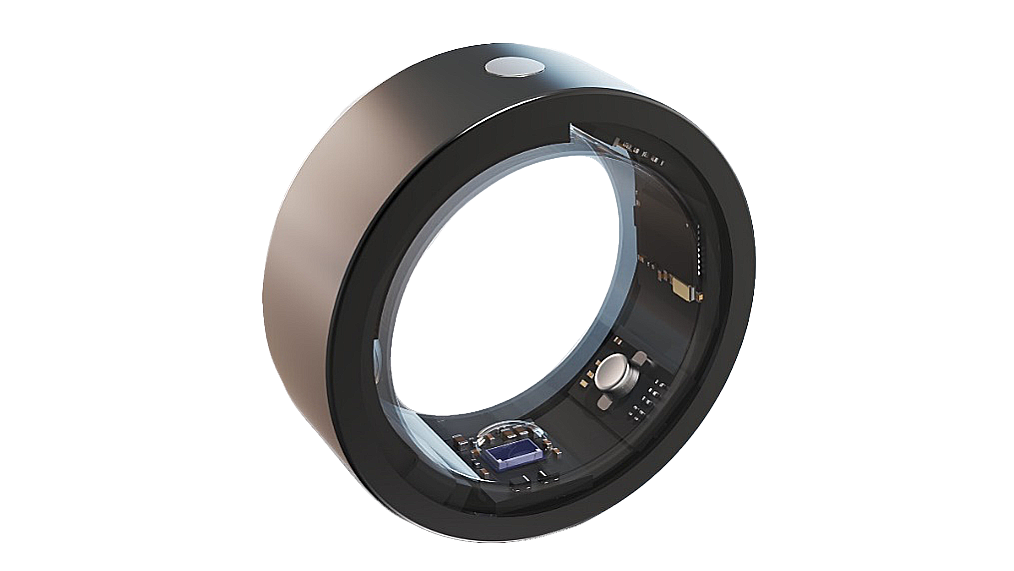

Developing a wearable biosensor that delivers medical-grade accuracy is far more than designing circuits or writing firmware. For most MedTech startups, it’s a race against time to build a reliable device, validate algorithms, and generate the evidence regulators and investors expect.
Yet many underestimate how quickly their runway disappears before they even collect a single high-quality dataset. Custom biosensor development consumes months of engineering, testing, documentation, and supply-chain setup long before meaningful data acquisition begins.
This article examines the real cost of starting from zero, why that path often slows innovation, and how ready-to-use platforms like SENSARING enable early-stage teams to reach validation faster, safer, and at lower risk.
The Real Cost Behind Biosensor Development
Building a medical-grade biosensor wearable is a multi-layered engineering process. Each stage from hardware design to regulatory documentation adds time, complexity, and cost.
Engineering and Prototyping
Creating a functional prototype means integrating sensors, designing multi-layer PCBs, optimizing analog front-ends, mechanical casing, and firmware calibration.
Each iteration can take 6–8 weeks, and most projects require several cycles before achieving stable signal performance with acceptable noise levels (<1 µV RMS for ECG, <0.5% amplitude drift for PPG).
Typical cost: USD 150 000 – 400 000 before any validation begins.
Firmware and Signal Validation
Firmware must manage accurate sampling (typically 50–250 Hz for PPG/ECG), BLE data transmission, timestamp synchronization, and fault recovery. Verification involves long-duration recording, power profiling, and signal integrity testing under motion often another 2–3 months of refinement.
Compliance and Testing
To reach “medical-grade,” every component must meet:
- IEC 60601-1: electrical safety
- IEC 62304: software lifecycle management
- ISO 10993: biocompatibility
- ISO 13485: quality management system
Designing for these adds 6–9 months of controlled verification and traceability work.
Supply Chain and Manufacturing
Sourcing biocompatible materials, low-drift sensors, and reliable EMS partners brings additional friction. Manufacturers often demand large minimum order quantities (MOQs), unsuited for research pilots. Establishing a validated supply chain typically adds 3–6 months.
Regulatory Documentation
Every iteration must be tracked in a Design History File (DHF) risk analysis, verification reports, traceability matrices. These do not directly enhance performance but are mandatory for FDA 510(k) or CE MDR submissions.
Opportunity Cost
During all this time, startups are not collecting biosignal data, not validating algorithms, and not proving efficacy. Without evidence, they cannot publish, partner, or raise their next round.
Each month spent engineering hardware delays the one milestone that truly matters: clinical and investor-grade evidence.
Why Many Teams Still Try and Why They Struggle
Founders often choose to build hardware internally to retain control and differentiation. In reality, most MedTech intellectual property lies in the data pipeline and algorithms, not in the physical sensor module.
Teams attempting full hardware development often face:
- Limited access to reliable raw signals or calibration equipment
- Unclear regulatory strategy and documentation burden
- Prototype fatigue multiple revisions without a single usable dataset
- Rapid budget depletion before reaching clinical validation
By the time a stable prototype exists, the scientific hypothesis remains unproven Owning a custom device rarely delivers advantage if it postpones data validation and investor trust.
A Smarter Model: Build on Proven Platforms
Instead of reinventing the device, many startups now adopt biosensor platforms, pre-engineered, validated systems that provide direct access to raw physiological signals.
These platforms enable:
- Rapid prototyping, begin testing within weeks helping teams move efficiently through the product development stages from PoC to mass production.
- Full-fidelity data access – raw PPG, SpO₂, motion, temperature, and event markers
- Regulatory alignment – developed under ISO 13485 / IEC 62304 frameworks
- Traceable documentation – design records, risk files, and verification data already established
Technically, such platforms include calibrated front-ends, validated BLE 5.2 stacks with checksum verification, and OTA update mechanisms for firmware traceability letting startups focus on algorithm innovation rather than device reliability.
Just as few software companies now build their own servers, MedTech innovators can rely on pre-validated biosensor infrastructure to accelerate discovery and compliance.
The SensaRing Platform: From Concept to Validation
The SENSARING Platform, developed by ITR, is a medical-grade biosensor ring built specifically for research and product development in MedTech.
It provides:
- A compact ring device equipped with PPG, SpO₂, motion, and temperature sensors.
- Direct access to raw biosignals through an SDK.
- Documentation and process alignment with ISO 13485 and IEC 62304 standards.
Startups, research groups, and university teams use SENSARING to:
- Collect raw physiological data within two weeks of onboarding.
- Test AI algorithms for stress, sleep, or cardiovascular detection.
- Generate early clinical evidence before investing in custom hardware.
This structure enables teams to move from concept to data validation quickly minimizing the gap between R&D and proof.
Comparing Two Paths: Build vs. Platform
Beyond cost, the difference is strategic: Teams leveraging validated platforms collect data earlier, refine AI faster, and present evidence sooner directly accelerating both fundraising and clinical partnerships.
Key Takeaways
- Hardware delays validation.
Every extra month spent on device engineering postpones real-world evidence. - Data defines innovation.
Competitive advantage in MedTech comes from biosignal quality and algorithmic accuracy not enclosures. - Validated platforms reduce uncertainty.
Starting from a compliant foundation enables small teams to operate with enterprise-grade technical and regulatory rigor. - Investor readiness improves.
Documented, traceable platforms demonstrate risk control, a core requirement in due diligence and FDA / CE reviews.
Conclusion: Build Value, Not Hardware
For early-stage MedTech startups, the question is no longer can you build your own biosensor but should you. Each month spent debugging hardware postpones the only proof that drives funding and adoption: validated data.
Platforms like SENSARING let teams shift from engineering to evidence, using a compliant, research-grade foundation to collect biosignals and validate algorithms with confidence.
In the race toward clinical impact, the fastest way forward isn’t to build a new device it’s to build on the right one.




.jpg)
